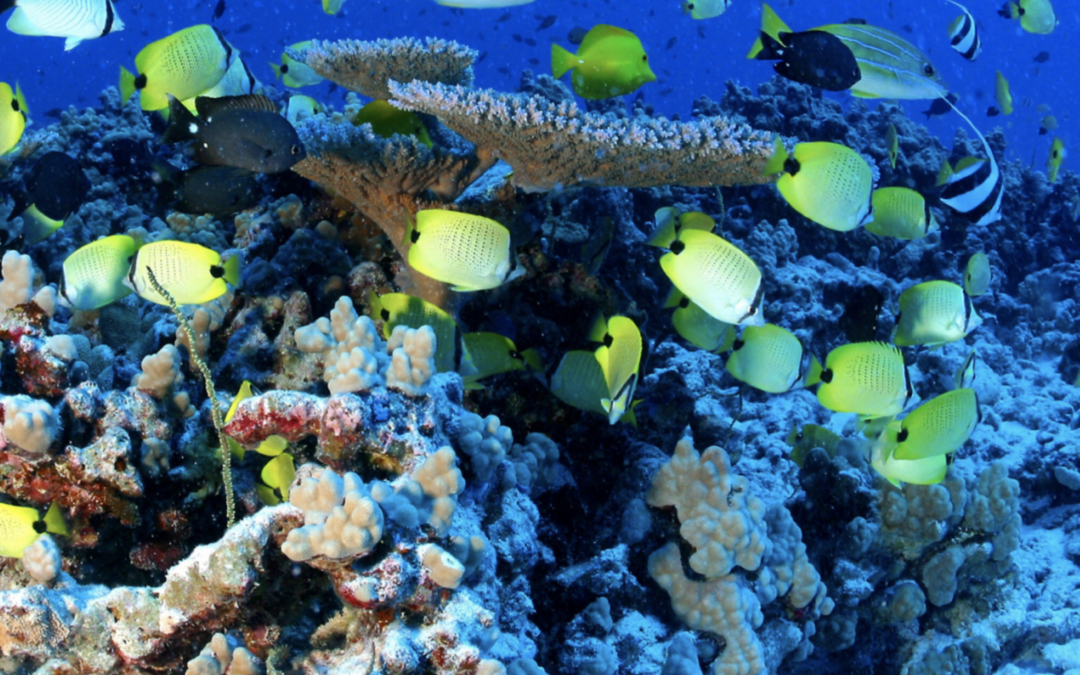According to the Coral Reef Alliance, Marine Protected Areas (MPAs) are designated areas of the ocean that are set aside for conservation and management purposes. These areas are intended to preserve and protect the marine life and their habitats within them. They also promote sustainable use of these resources. By establishing MPAs, we can ensure that our oceans remain healthy and full of life for future generations to come. Research has shown that MPAs can significantly improve carbon sequestration, coastal protection, biodiversity and the reproductive capacity of marine organisms, as well as the catches and income of fishers. The International Union for the Conservation of Nature (IUCN) defines a protected area as “a clearly defined geographical space, recognized, dedicated and managed, through legal or other effective means, to achieve the long-term conservation of nature with associated ecosystem services and cultural values.”
A “marine reserve” or “no take” MPA is a highly protected type of MPA where removing or destroying natural or cultural resources is prohibited. Marine reserves are rare in the United States, with about 3 percent of U.S. waters in these no-take areas. Reserves protect whole ecosystems, allowing them to return toward a more natural and balanced state. Monitoring studies from marine reserves have shown that biomass, the size and density of organisms and the richness or diversity of species all increase within marine reserves. Reserves can be an effective way to preserve biodiversity by protecting communities and providing refuge for rare organisms.
Other types of MPAs include multiple use MPAs, and MPAs that allow different uses based on designated zones.
Learn more about MPAs in this fact sheet, Marine Protected Areas: Tools for a Healthy Ocean.

